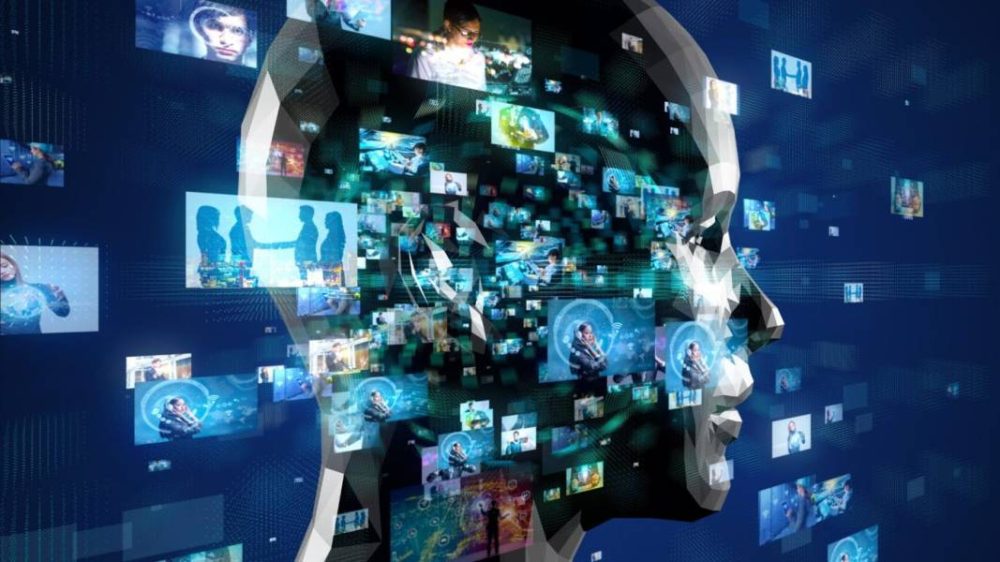Artificial Intelligence (AI) and Machine Learning (ML) are two of the most transformative technologies of the 21st century. These terms are often used interchangeably, yet they represent distinct fields with specific characteristics and applications. This article aims to demystify the differences between AI and ML, exploring their concepts, advantages, and drawbacks.

What is Artificial Intelligence?
Artificial Intelligence is a broad field of computer science focused on creating systems capable of performing tasks that normally require human intelligence. These tasks include understanding natural language, recognizing patterns, solving problems, and making decisions. AI can be classified into three types:
- Narrow AI: Systems designed to handle a specific task, such as facial recognition or speech-to-text conversion.
- General AI: Hypothetical systems with the ability to understand, learn, and apply knowledge across a wide range of tasks, similar to human cognition.
- Superintelligent AI: A future concept where AI surpasses human intelligence across all fields.
Pros and Cons of AI
Pros:
- Automation: AI automates repetitive and mundane tasks, increasing efficiency and productivity.
- Data Analysis: AI can process vast amounts of data quickly, uncovering patterns and insights beyond human capabilities.
- Decision Making: AI enhances decision-making processes by providing accurate predictions and recommendations.
Cons:
- Ethical Concerns: AI raises ethical issues such as bias in algorithms, privacy concerns, and the potential loss of jobs.
- Complexity: Developing AI systems is complex and requires significant resources and expertise.
- Dependence: Over-reliance on AI can lead to a lack of human oversight and potential system failures.
What is Machine Learning?
Machine Learning is a subset of AI that focuses on developing algorithms that allow computers to learn from and make predictions based on data. Unlike traditional programming, where rules are explicitly coded, ML algorithms identify patterns and build models from data inputs.
Types of Machine Learning
- Supervised Learning: The algorithm is trained on labeled data, learning the relationship between input features and the target output.
- Unsupervised Learning: The algorithm identifies patterns in unlabeled data without predefined outputs, often used for clustering and association tasks.
- Reinforcement Learning: The algorithm learns through trial and error, receiving rewards or penalties based on its actions, commonly used in robotics and game AI.
Pros and Cons of Machine Learning
Pros:
- Adaptability: ML models improve over time as they are exposed to more data, leading to more accurate predictions.
- Automation of Complex Tasks: ML can handle complex tasks like image and speech recognition, which are difficult to program using traditional methods.
- Scalability: ML models can process large datasets efficiently, making them suitable for big data applications.
Cons:
- Data Dependence: ML requires large amounts of high-quality data for training, which can be difficult to obtain.
- Interpretability: ML models, especially deep learning, can act as “black boxes,” making it hard to understand how they make decisions.
- Overfitting: ML models can become too tailored to their training data, performing poorly on new, unseen data.
AI vs. Machine Learning: Key Differences
While AI and ML are closely related, they are not the same. AI is the overarching field concerned with creating intelligent systems, whereas ML is a specific approach to achieving AI by enabling systems to learn from data. Here’s a comparative overview:
Scope and Purpose
- AI: Encompasses a broad range of techniques aimed at mimicking human intelligence, including rule-based systems, expert systems, and neural networks.
- ML: Focuses on developing algorithms that learn from data to make predictions or decisions without being explicitly programmed.
Methodology
- AI: May involve a combination of methods, including symbolic reasoning, search algorithms, and optimization techniques.
- ML: Relies on data-driven approaches, using statistical methods to find patterns and make predictions.
Flexibility
- AI: Can integrate various technologies and approaches, making it adaptable to diverse applications.
- ML: Primarily data-centric, its performance heavily depends on the quality and quantity of data.
Applications
- AI: Used in applications ranging from chatbots and virtual assistants to autonomous vehicles and advanced robotics.
- ML: Powers applications such as recommendation systems, fraud detection, and image classification.
Case Studies
AI in Healthcare
AI is transforming healthcare by enabling predictive diagnostics, personalized treatment plans, and efficient patient management. For instance, AI-powered imaging systems can analyze medical scans with high accuracy, identifying potential issues earlier than human radiologists.
Example: IBM Watson for Oncology – This AI system assists oncologists by analyzing patient data and the latest medical research to provide evidence-based treatment recommendations.
ML in E-commerce
Machine Learning is revolutionizing e-commerce through personalized recommendations, dynamic pricing, and fraud detection. ML algorithms analyze user behavior and purchase history to suggest products, enhancing the shopping experience.
Example: Amazon’s Recommendation Engine – Amazon uses ML to analyze user data and recommend products, resulting in increased customer satisfaction and sales.
Conclusion
Understanding the distinction between AI and Machine Learning is crucial for appreciating their roles in modern technology. AI encompasses a wide range of techniques aimed at creating intelligent systems, while ML focuses specifically on developing algorithms that learn from data. Both fields offer significant advantages, such as automation and improved decision-making, but also pose challenges, including ethical concerns and data dependency.
As AI and ML continue to evolve, their integration into various sectors will only deepen, driving innovation and transforming industries. By grasping their differences, we can better leverage these technologies to address complex problems and enhance human capabilities.
HedgeThink.com is the fund industry’s leading news, research and analysis source for individual and institutional accredited investors and professionals









